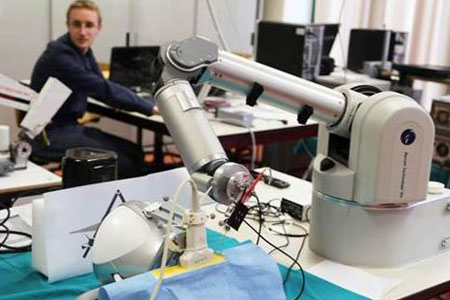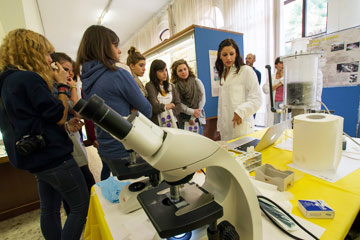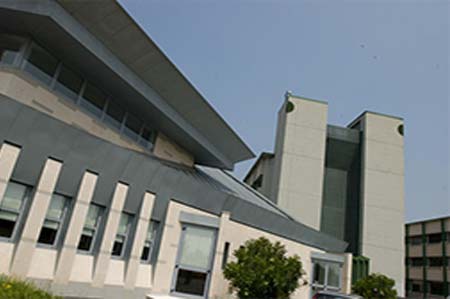Course partially running
- Course code
- 4S00703
-
Name of lecturer
-
Davide Rocchesso
- Number of ECTS credits allocated
-
5
- Academic sector
-
INF/01 - INFORMATICS
- Language of instruction
- Italian
- Location
- VERONA
- Period
-
2nd quadrimester dal Jan 8, 2007 al Mar 9, 2007.
Lesson timetable
Learning outcomes
The class Topics in Human-Computer Interaction gives detailed description of some methods for designing and evaluating interfaces, and interactive and multimodal systems.
Syllabus
The student is encouraged, since the early stages of the course, to propose an individual project encompassing the stages of conceptual design, design, development, and evaluation of a prototype. A written description and a demonstration/presentation will be given to the teacher. The evaluation will be integrated with questions on the topics of the course.
Assessment methods and criteria
Topics:
Basics of HCI and multimedia
(Physical) Interaction Design: definition
Prototypes of interactive audio-visual systems: the pure-data platform and openGL extensions, the Processing language
Analysis of requirements. Design. Prototyping. User-centered design. Sketches. Storyboarding. Video to support interaction design.
Focus of attention. Simultaneous tasks. Modes and quasi modes. Buttons, sliders, connections.
Affordance.
Evaluation methods: generalities.
Predictive models: GOMS, keystroke modelling, Fitts law and variants.
Evaluation based on experimental psychology.
Psychophysical methods.
Examples: evaluation of input devices.
Visual and auditory icons.
Visualization: attention and rapid emergence of information (pre-attentive processing, textures, etc.). Glyphs and visualization of multivariate data. Display of human activities.
Visualization and Sonification: static and mobile patterns. Perception and display of spatial data.
Multimodal interaction with visualizations and sonifications.
Information appliances. Invisible/Disappearing Computing. Tangible Bits.User-centered design.







